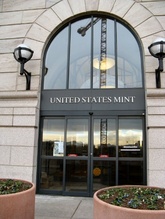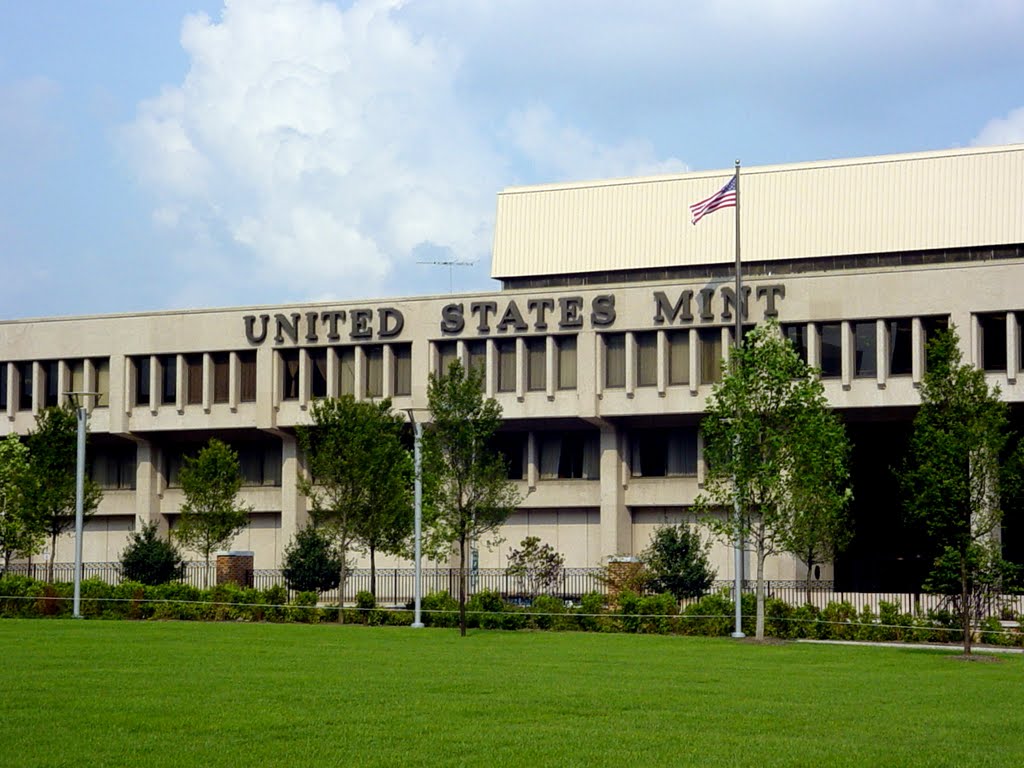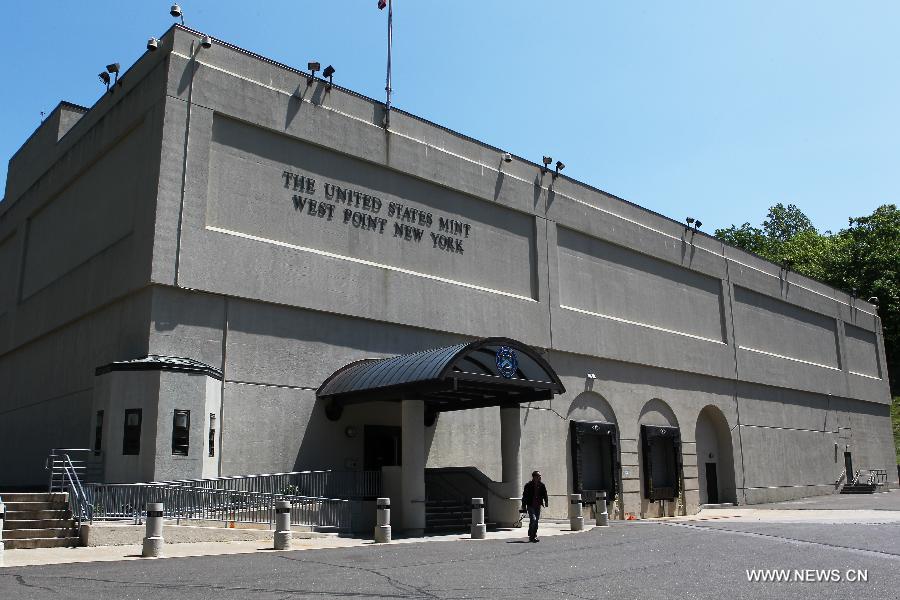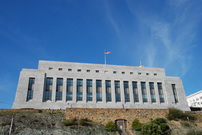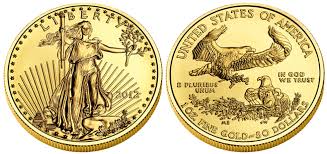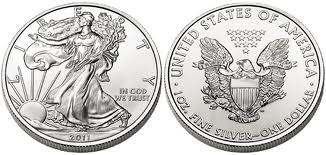Most people know that U.S. Mint is the place where all of our pennies, nickels, dimes and quarters are made. This is true, but the Mint is far bigger and more detailed than that. When the Mint was first formed, it not only created all of the above coins, but also half dollars, dollars and pure gold coins such as the eagles. In addition to this, the Mint has an important part in history as producing real money: gold and silver coins.
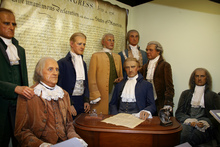
When the Founding Fathers created the Constitution, they realized right away that they needed to create a monetary system. Before 1792, there had been attempts to define the monetary system and to create a national mint, but no action ever followed. Thanks to Thomas Jefferson and Alexander Hamilton, action was finally taken to create a national mint and Congress passed the Coinage Act of 1792. It fully established the U.S. Mint and its purpose of regulating coins in the United States. The mint was authorized to create gold coins (eagles, half eagles and quarter eagles), silver coins (dollars, half dollars, quarters, dimes and nickels) and copper coins (pennies and half cents).

The first Director of the United States Mint was a scientist named David Rittenhouse (1732-1796), who had been the Treasurer of Pennsylvania from 1777 to 1789. With the help of the president, he became the mint’s director. He struck the first few coins and gave them to the president as a token of appreciation for making the Mint possible.
However, large scale coin production didn’t begin until 1793. Two years later, Rittenhouse retired due to poor health, and Henry William de Saussure (1763-1839) took his place. He was appointed in July 1795, but soon retired months later.
However, large scale coin production didn’t begin until 1793. Two years later, Rittenhouse retired due to poor health, and Henry William de Saussure (1763-1839) took his place. He was appointed in July 1795, but soon retired months later.
The U.S. eventually expanded to include locations in the South and on the West Coast. Andrew Jackson commissioned three mints located in Charlotte, North Carolina, Dahlonega, Georgia and New Orleans, Louisiana. The Charlotte mint and the Dahlonega mint only produced gold coins, while the New Orleans mint produced a variety of both silver and gold coins. All three were closed during the Civil War and Reconstruction, although the New Orleans mint reopened and continued coin production until 1909. Charlotte and Dahlonega’s mints, however, were permanently closed. Today, there are only four branches currently operating in the United States: Philadelphia, Denver, San Francisco, and the West Point branch.
The U.S. Mint has also played important roles in history. In 1801, the mint created large silver “peace” medals to present to American Indian chiefs and warriors. Lewis and Clark carried these medals on their expedition and presented them as tokens of peace during treaty signings. In 1921, the mint created “Peace Dollars” to commemorate the end of World War 1. More than 190 million were minted during the Roaring Twenties (1921-1928), and during the middle of the Great Depression (1934-1935).
Today, the U.S. mint is known for producing popular gold and silver items such as the Peace Dollar and the American Buffalo coin. They are also known for creating commemorative coins like the Roosevelt Dime, Girl Scouts Coin, and Presidential Coins. However, the American Gold and Silver Eagles remain the most sought after coin among investors and collectors.
Today, the U.S. mint is known for producing popular gold and silver items such as the Peace Dollar and the American Buffalo coin. They are also known for creating commemorative coins like the Roosevelt Dime, Girl Scouts Coin, and Presidential Coins. However, the American Gold and Silver Eagles remain the most sought after coin among investors and collectors.

